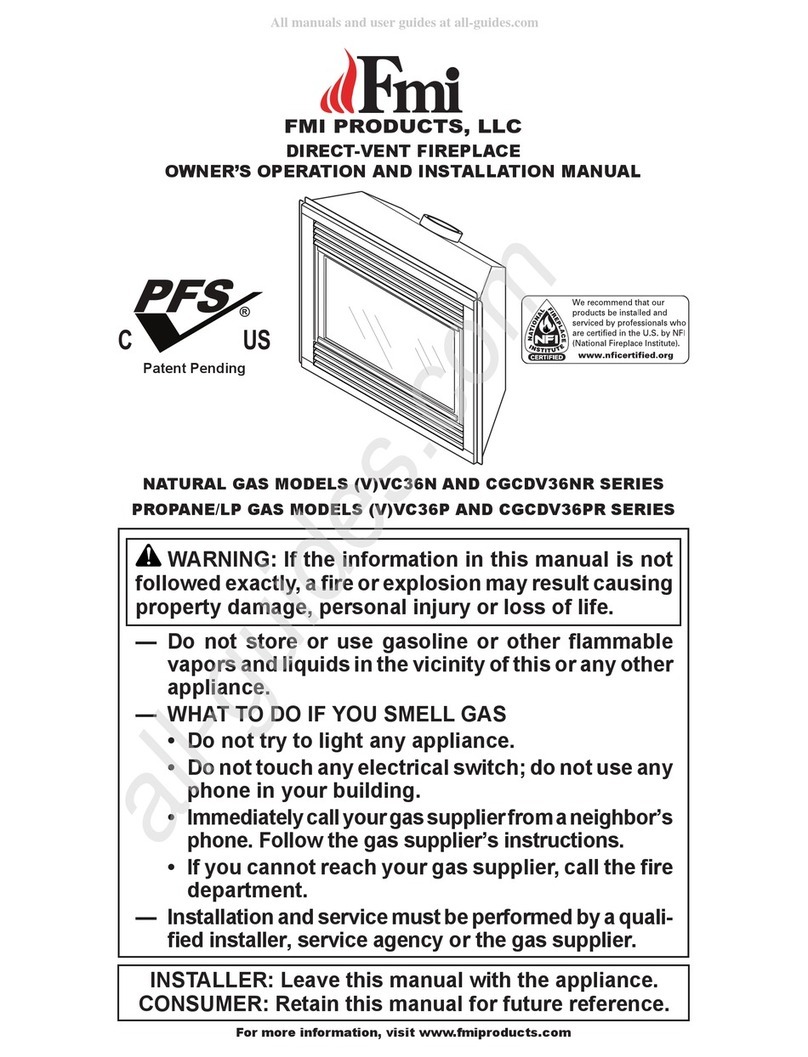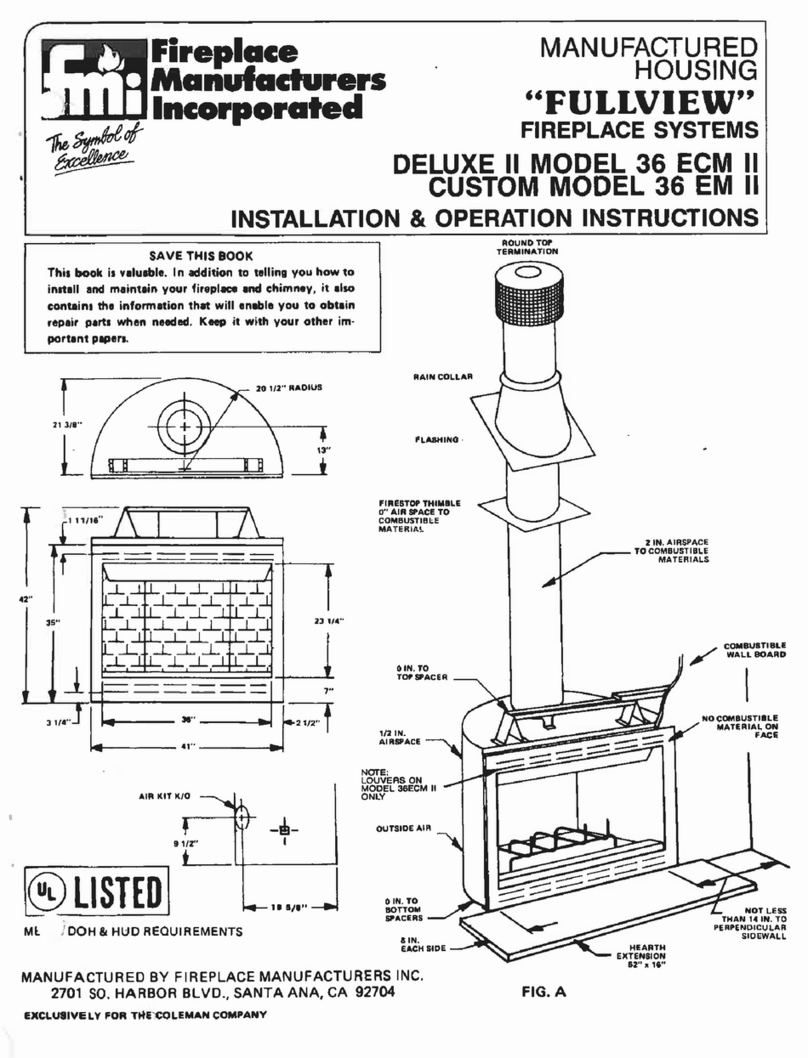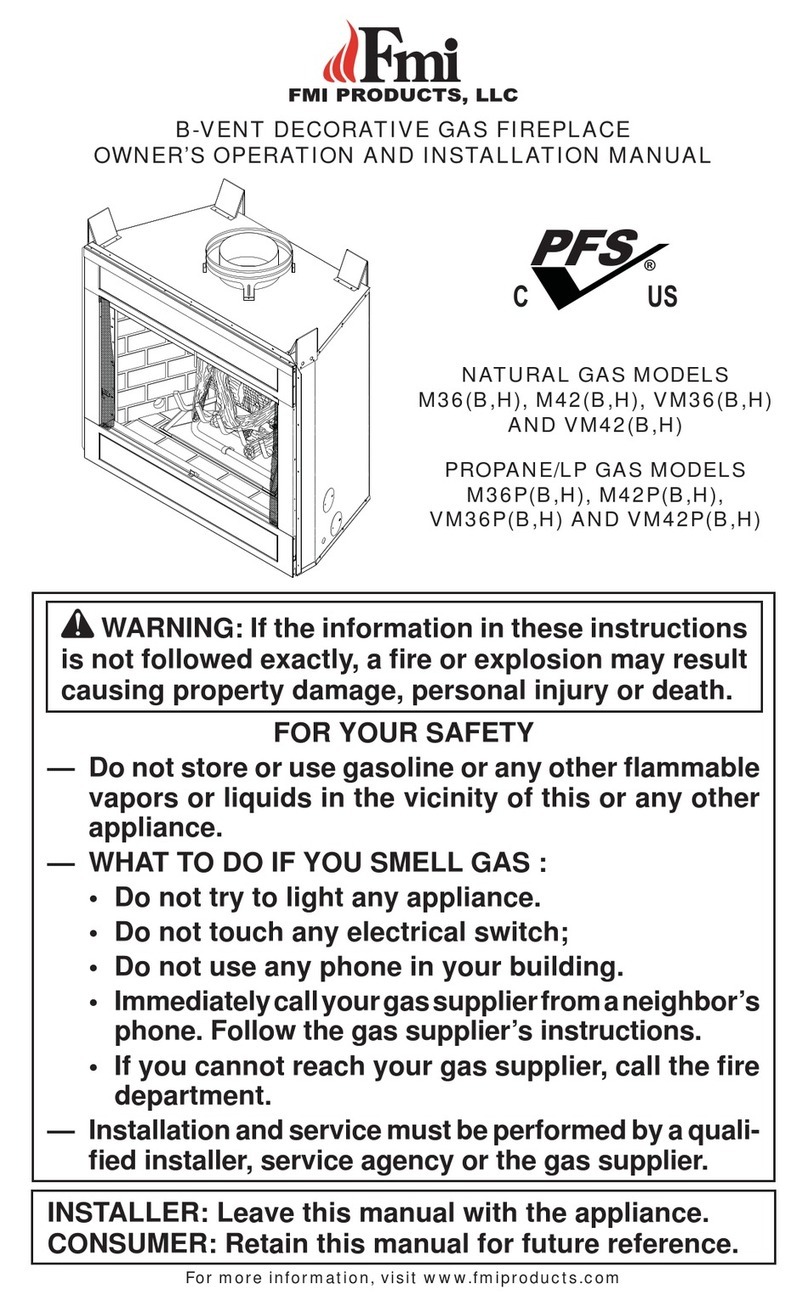FMI VLDV43NE Quick start guide




















Other manuals for VLDV43NE
1
This manual suits for next models
3
Other FMI Indoor Fireplace manuals
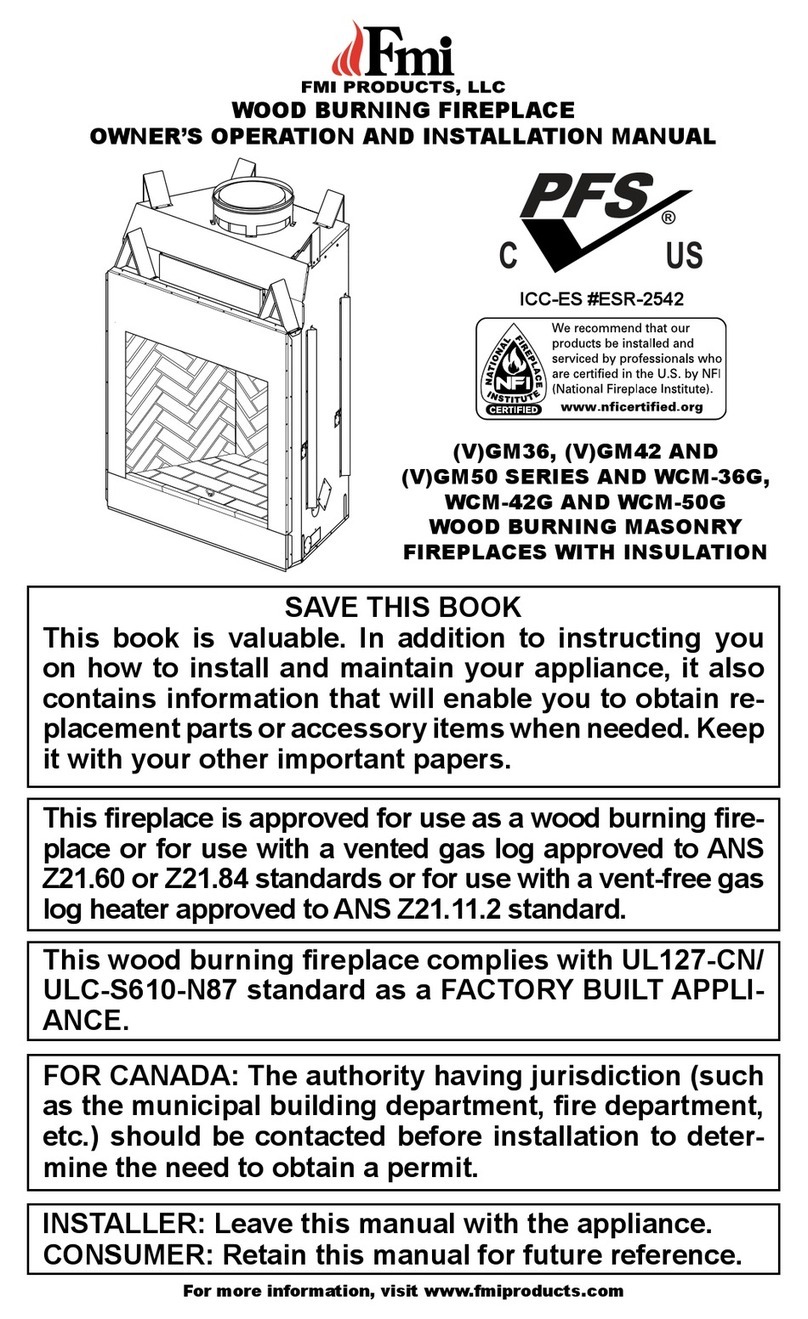
FMI
FMI (V)GM36 Series Safety guide
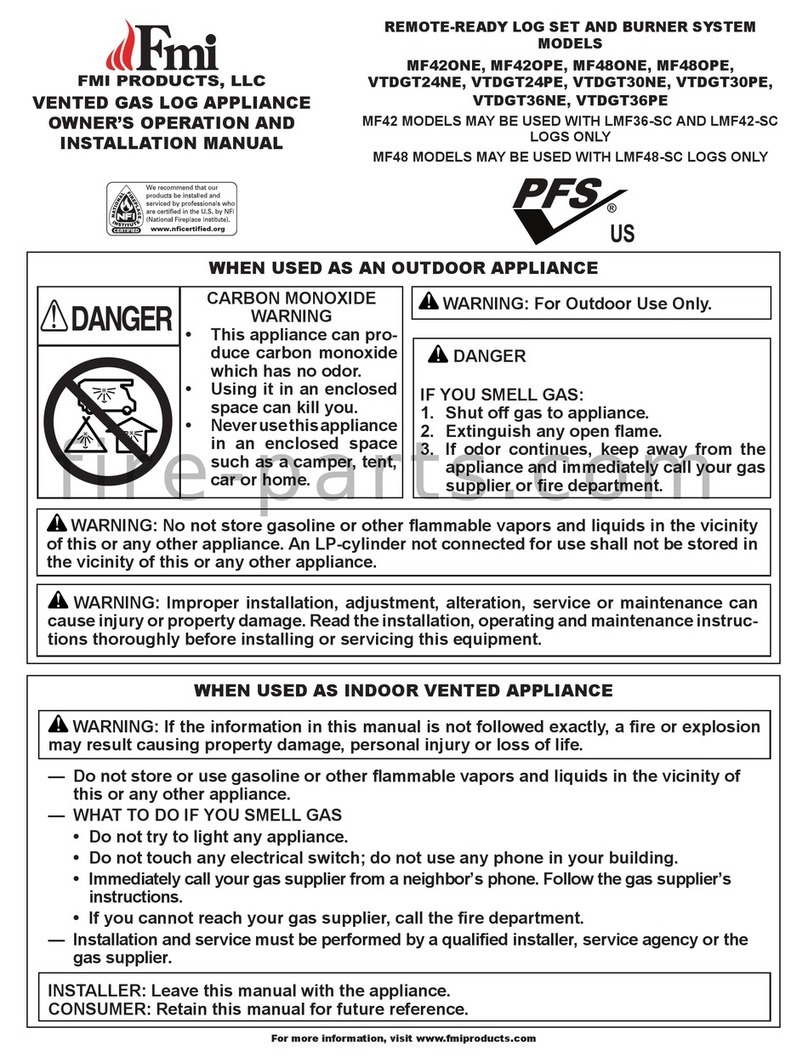
FMI
FMI VTDGT24NE User manual
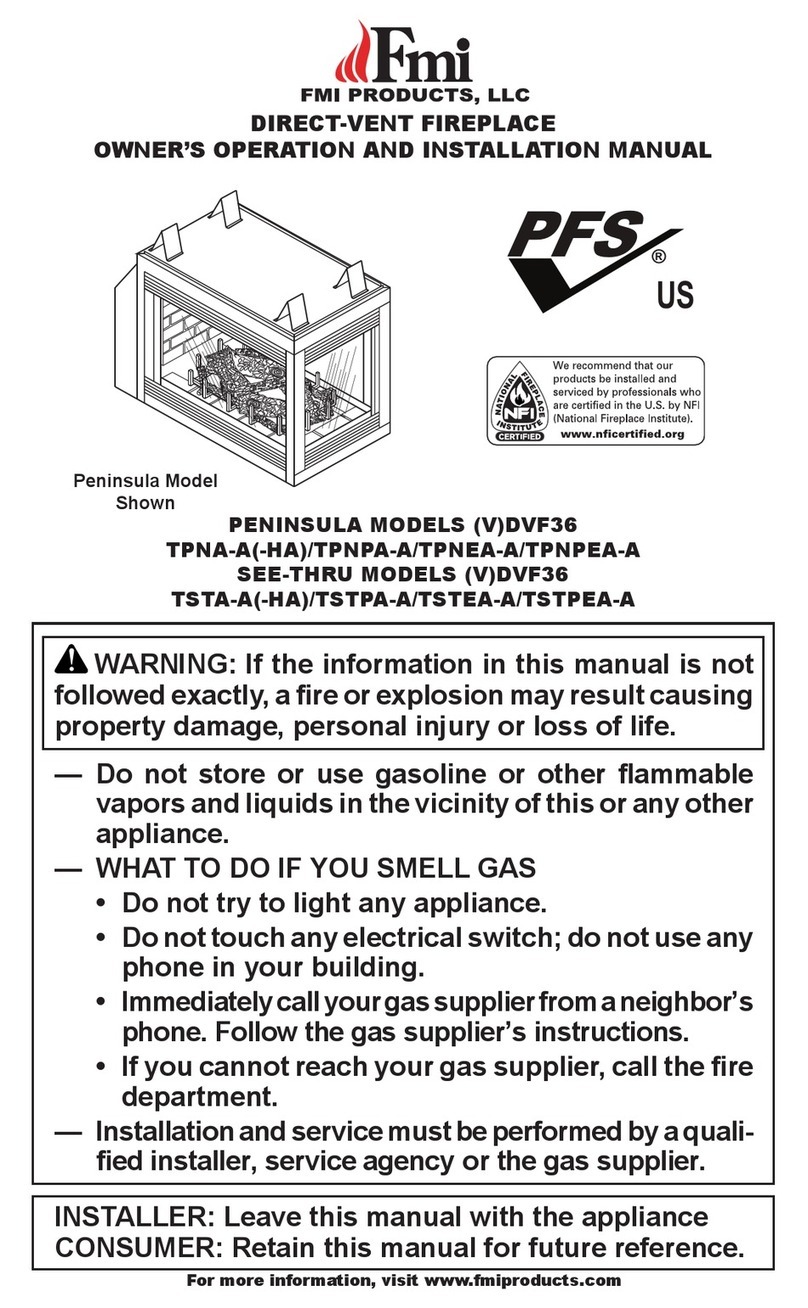
FMI
FMI DVF36 Quick start guide
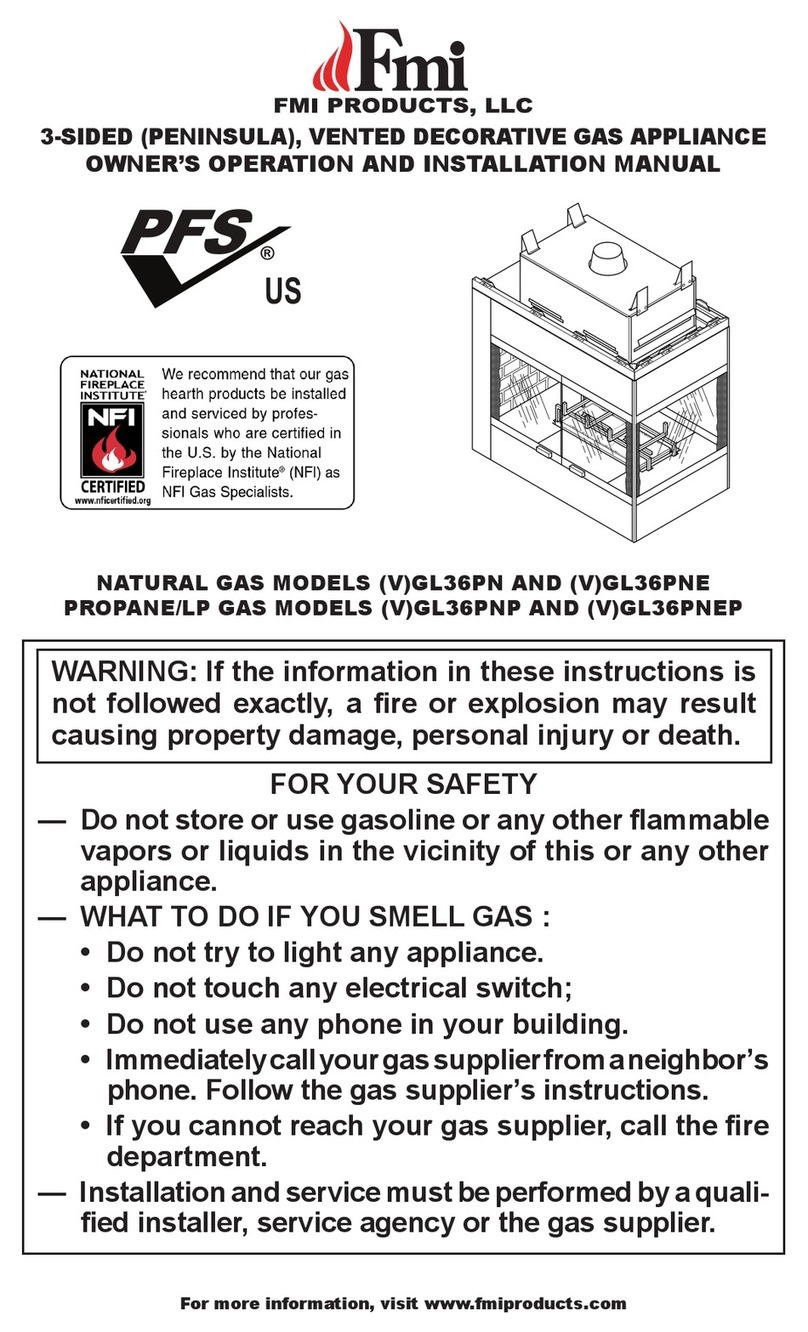
FMI
FMI GL36PN Quick start guide
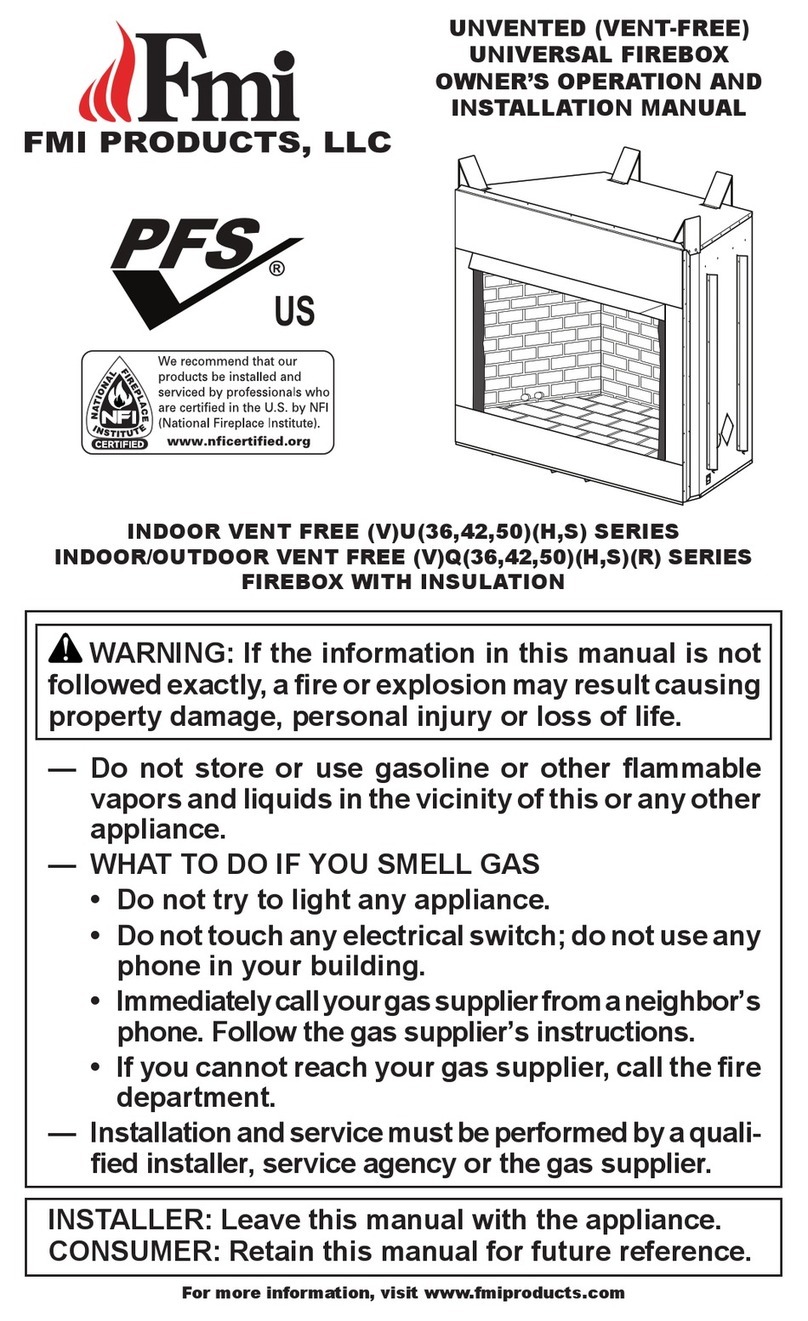
FMI
FMI UVC-ST 36 Quick start guide
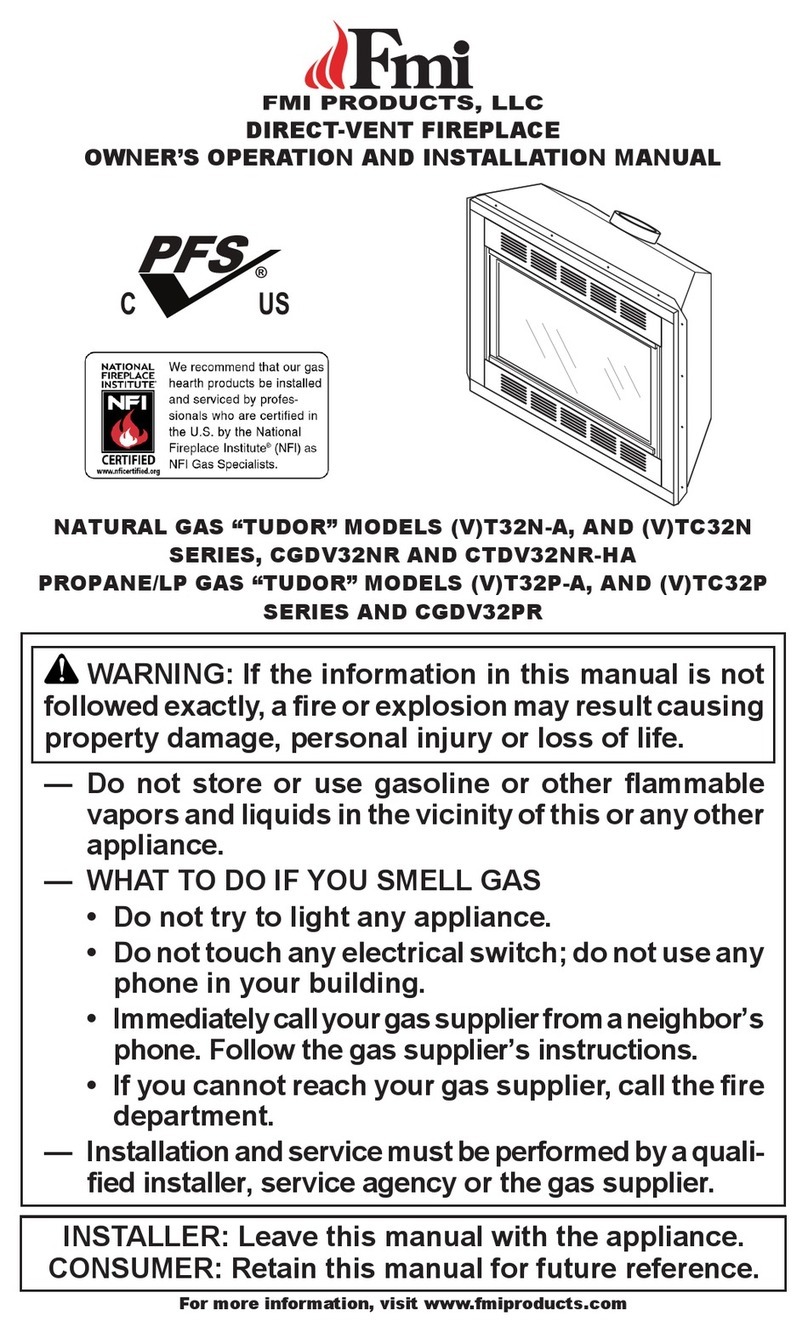
FMI
FMI VT32N-A Quick start guide
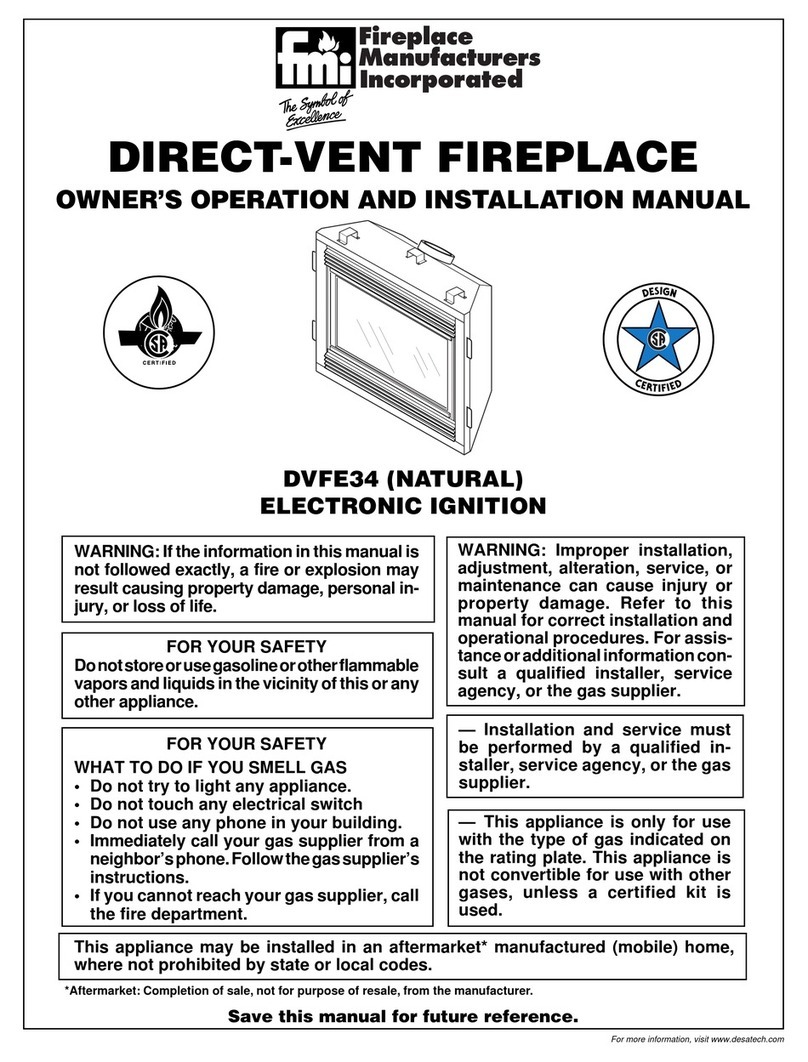
FMI
FMI DVFE34 Quick start guide
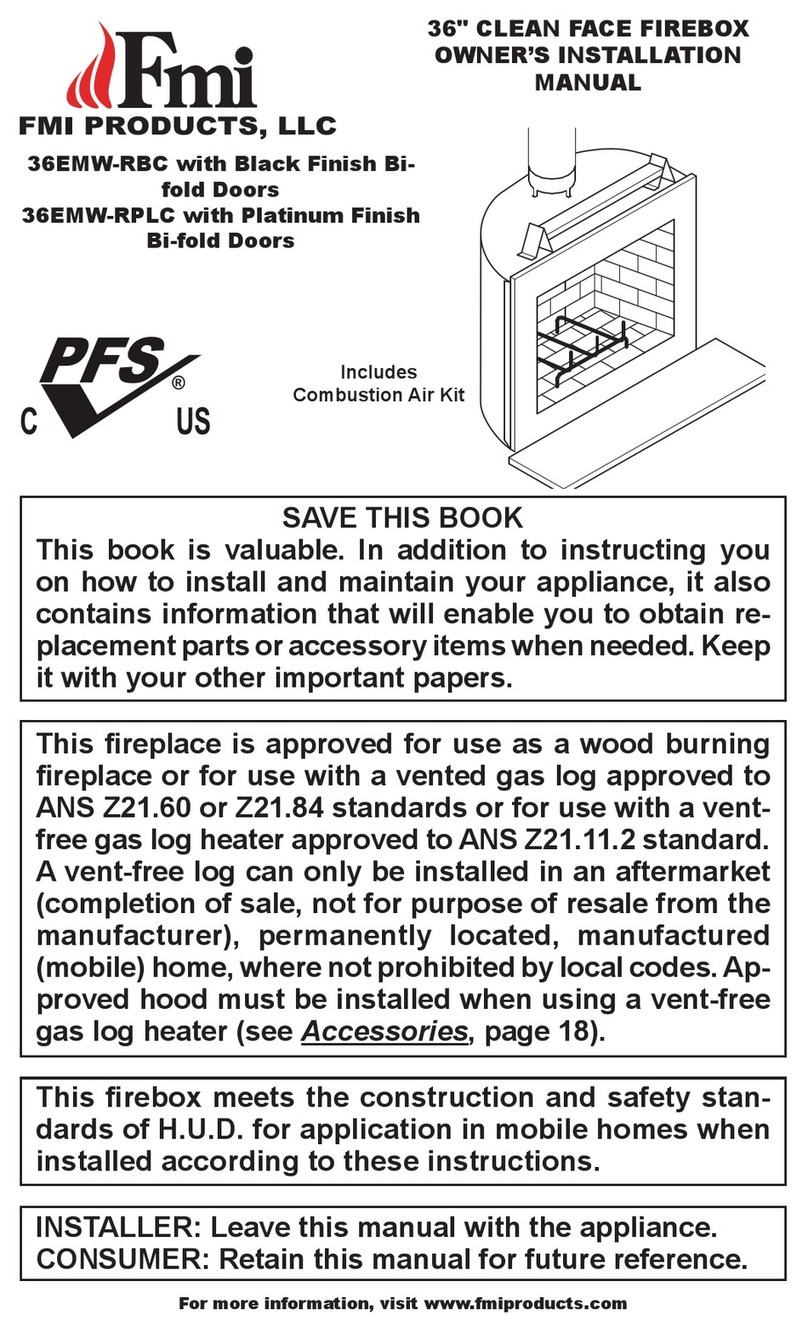
FMI
FMI 36EMW-RBC Quick start guide
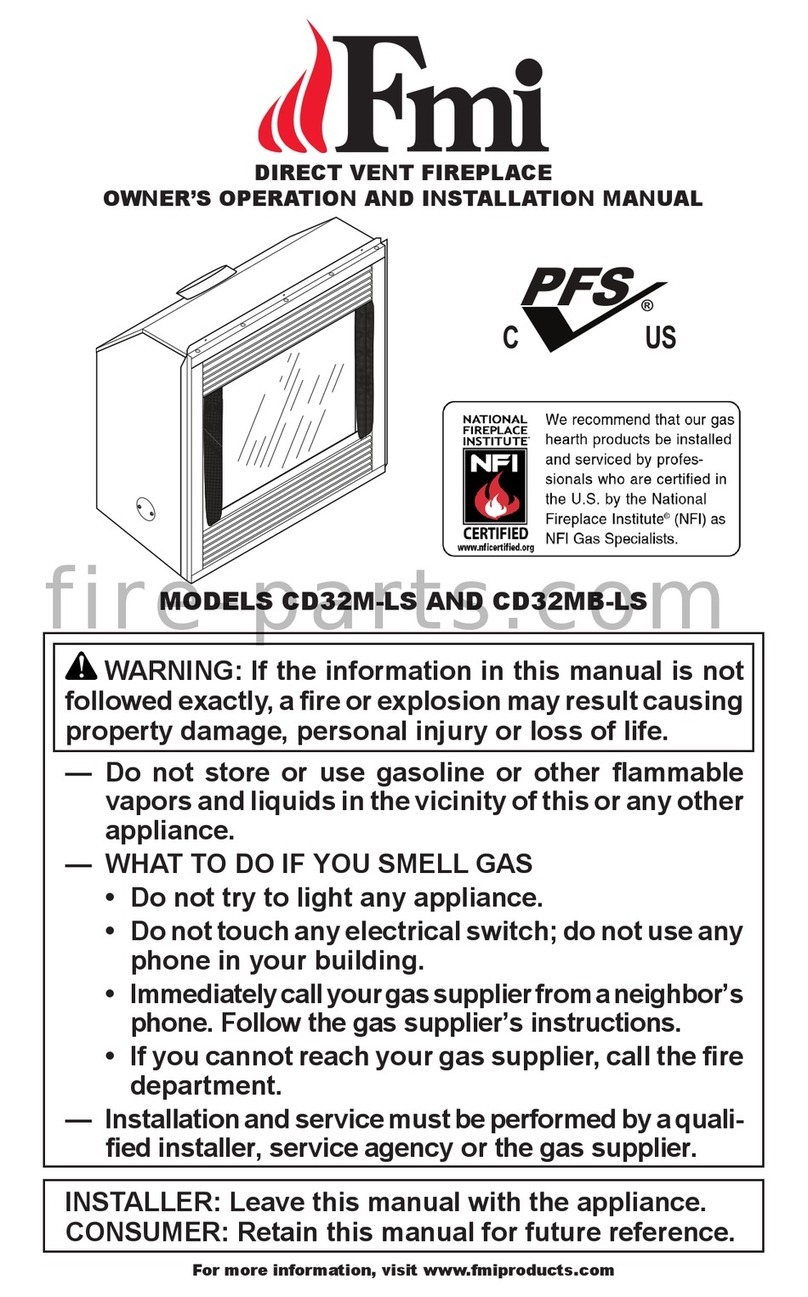
FMI
FMI CD32M-LS Quick start guide
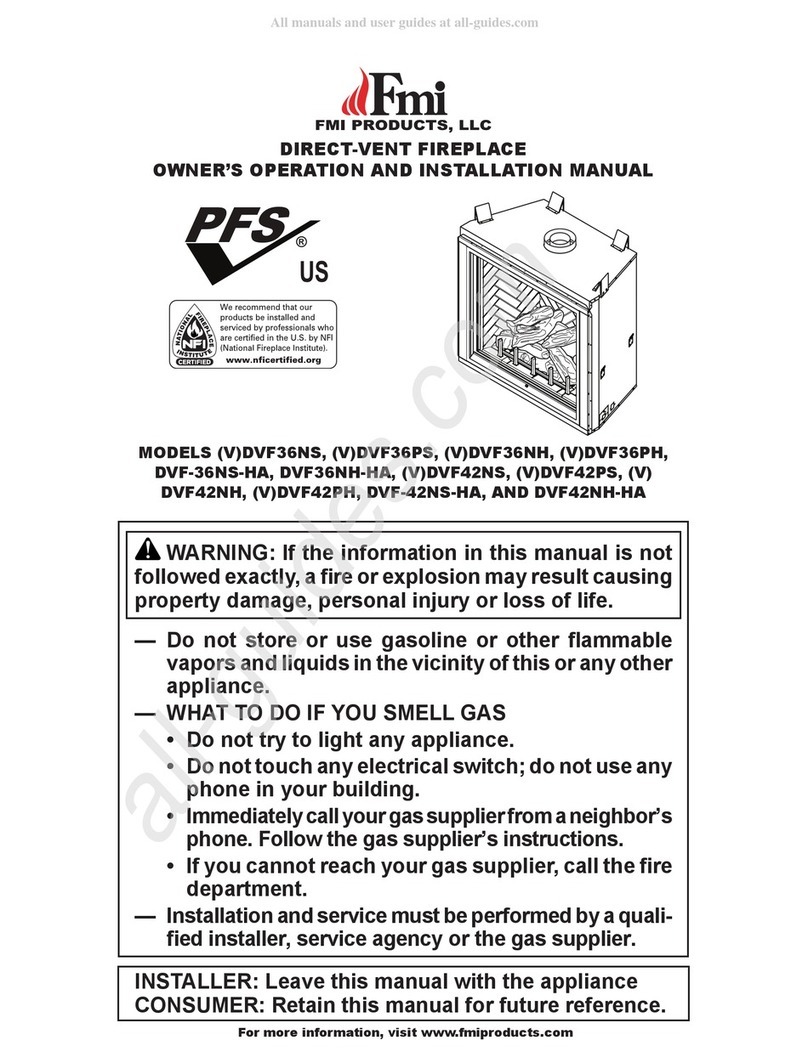
FMI
FMI DVF-36NS-HA Quick start guide
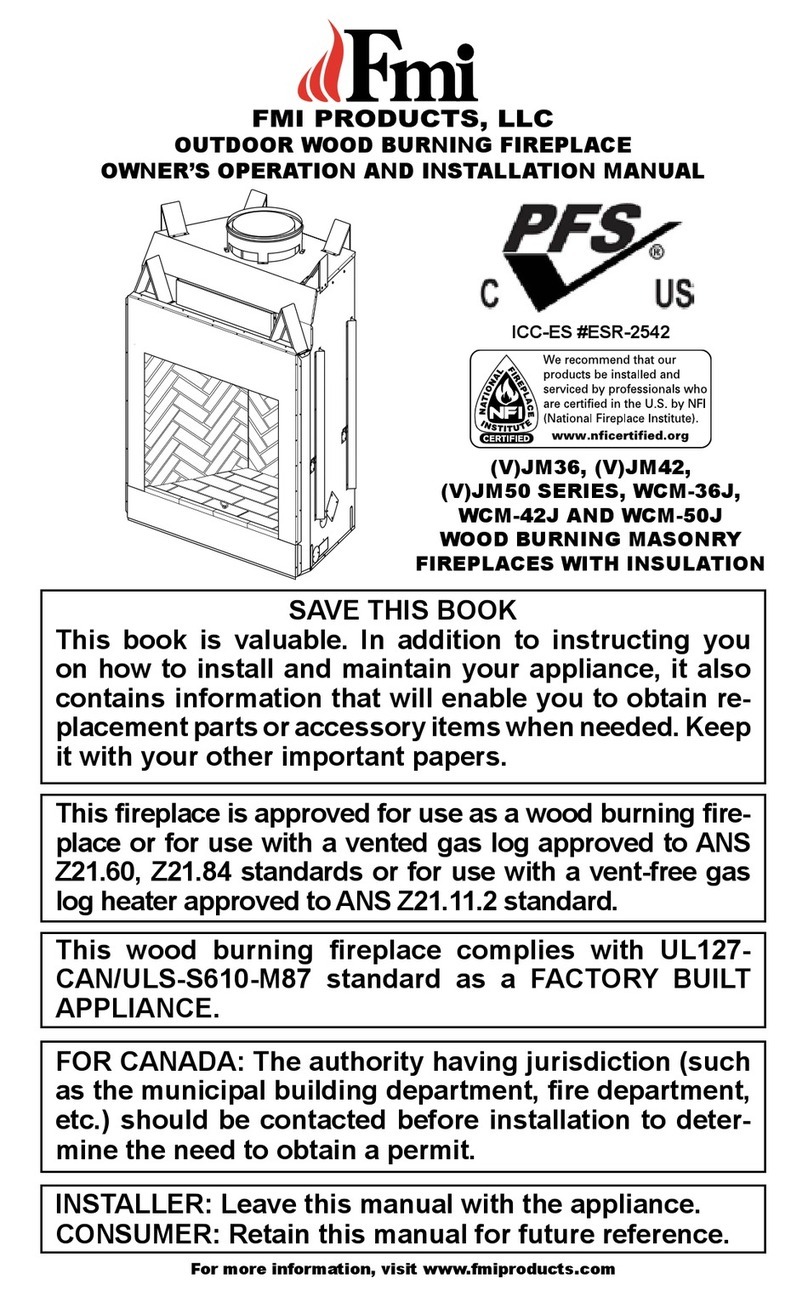
FMI
FMI VM36 Series Quick start guide
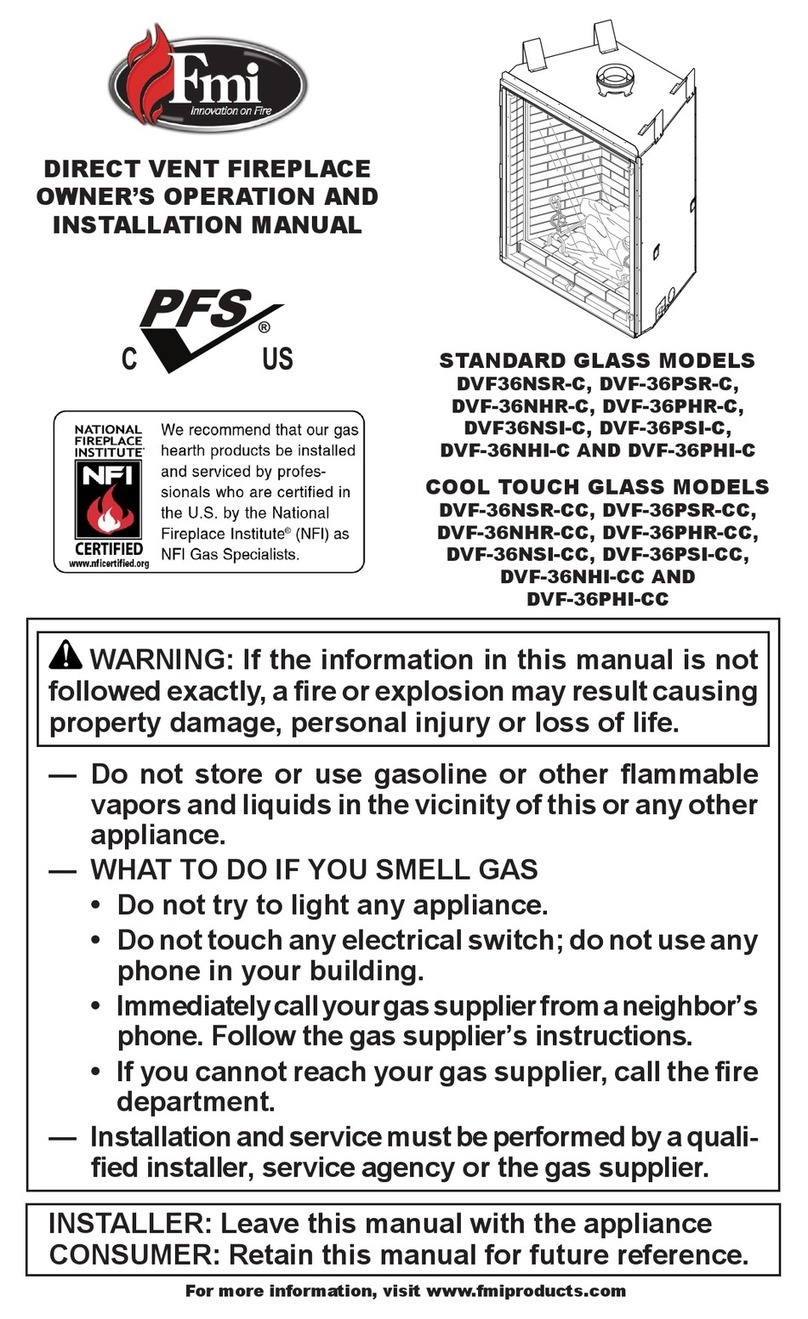
FMI
FMI DVF36NSR-C Quick start guide
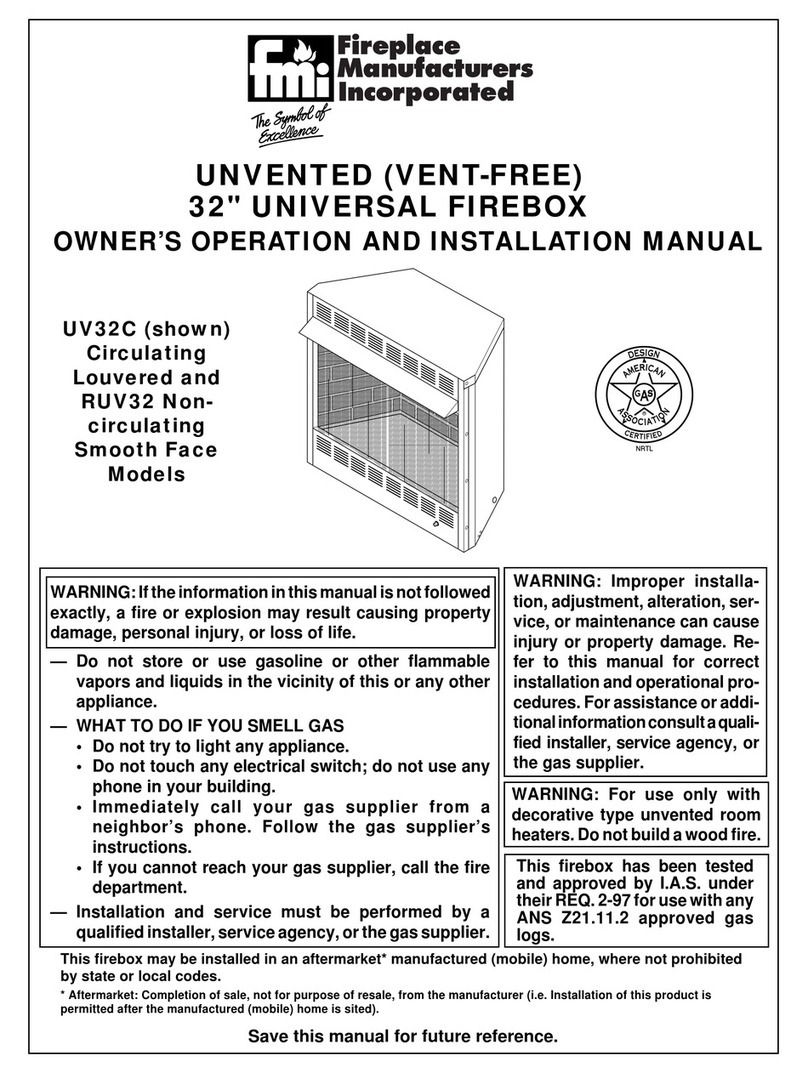
FMI
FMI UV32C Quick start guide

FMI
FMI TC36N Series Operating instructions
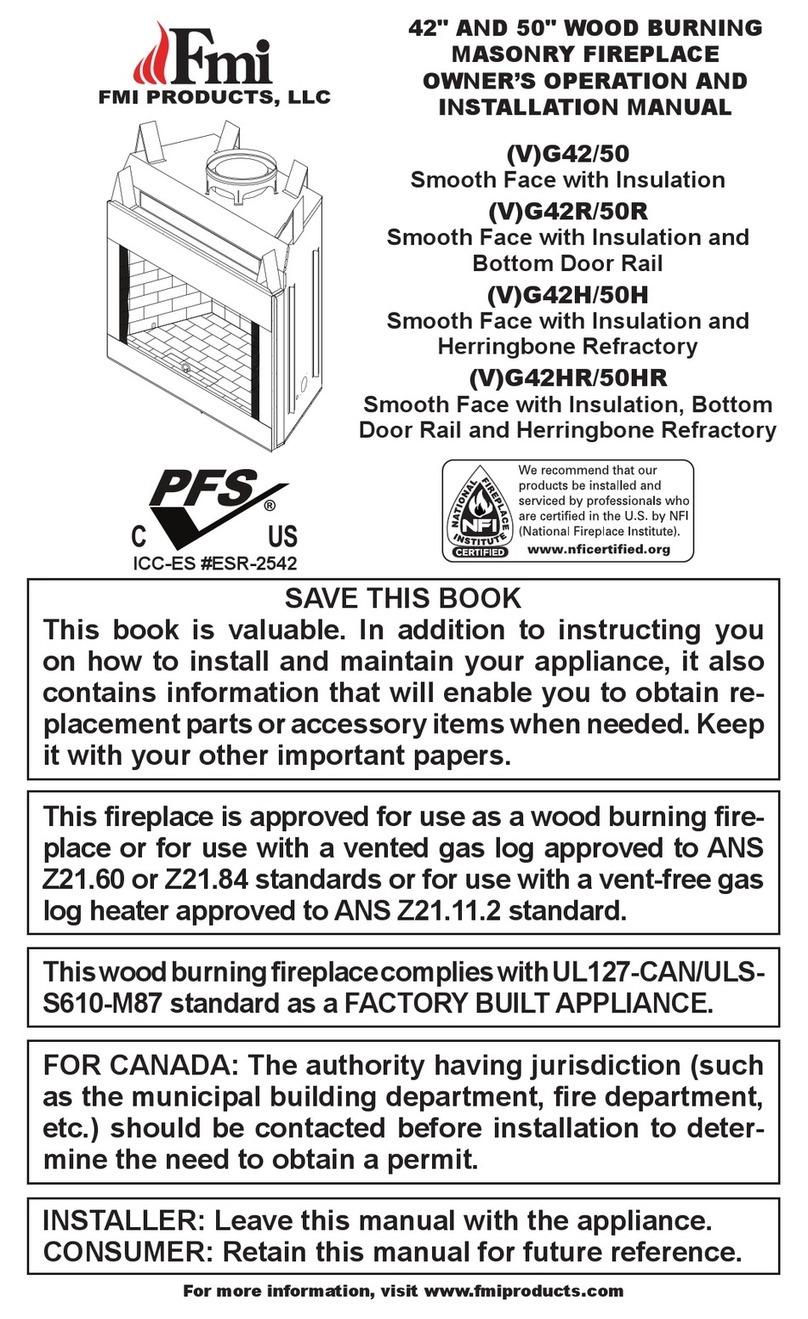
FMI
FMI (V)G42/50 Safety guide
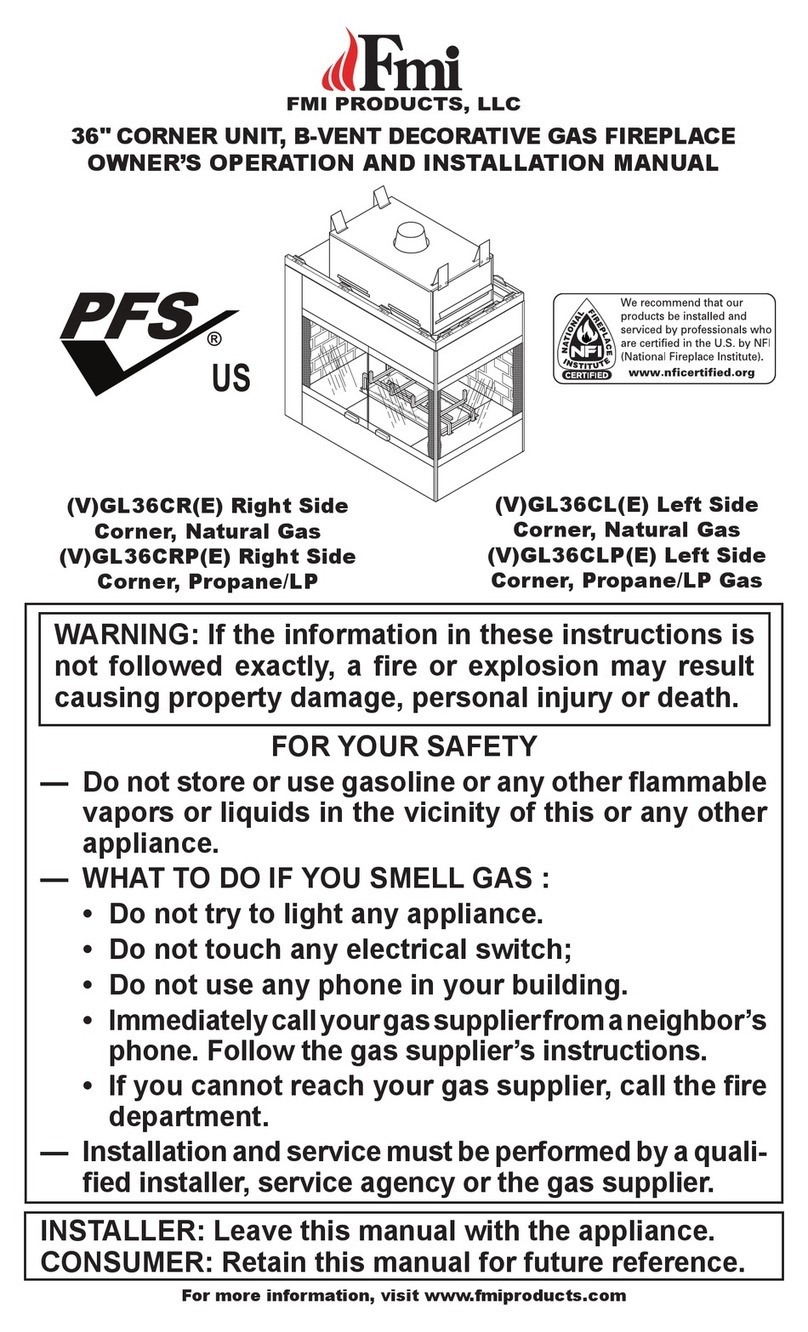
FMI
FMI (V)GL36CR(E) Quick start guide
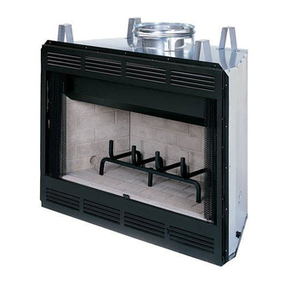
FMI
FMI B36 Quick start guide

FMI
FMI VUM Series Quick start guide
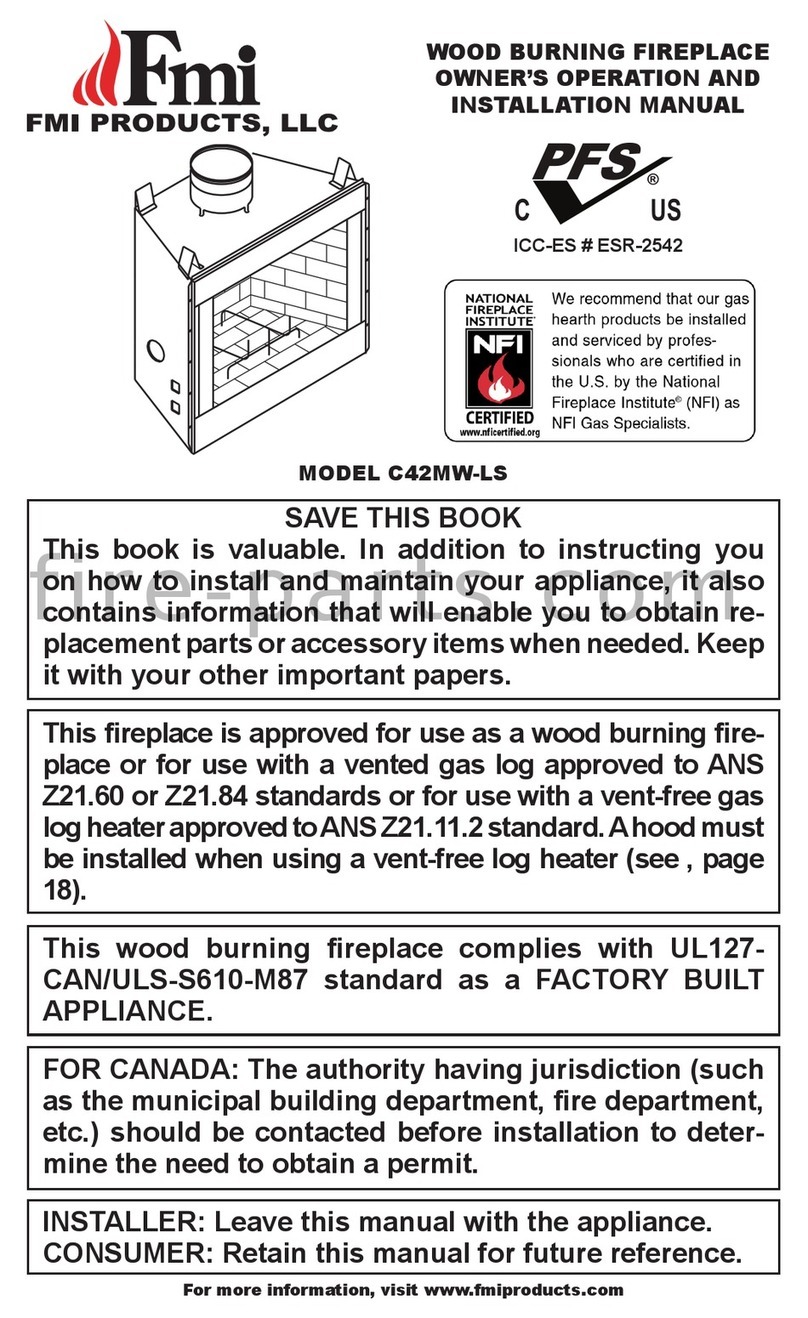
FMI
FMI C42MW-LS Quick start guide
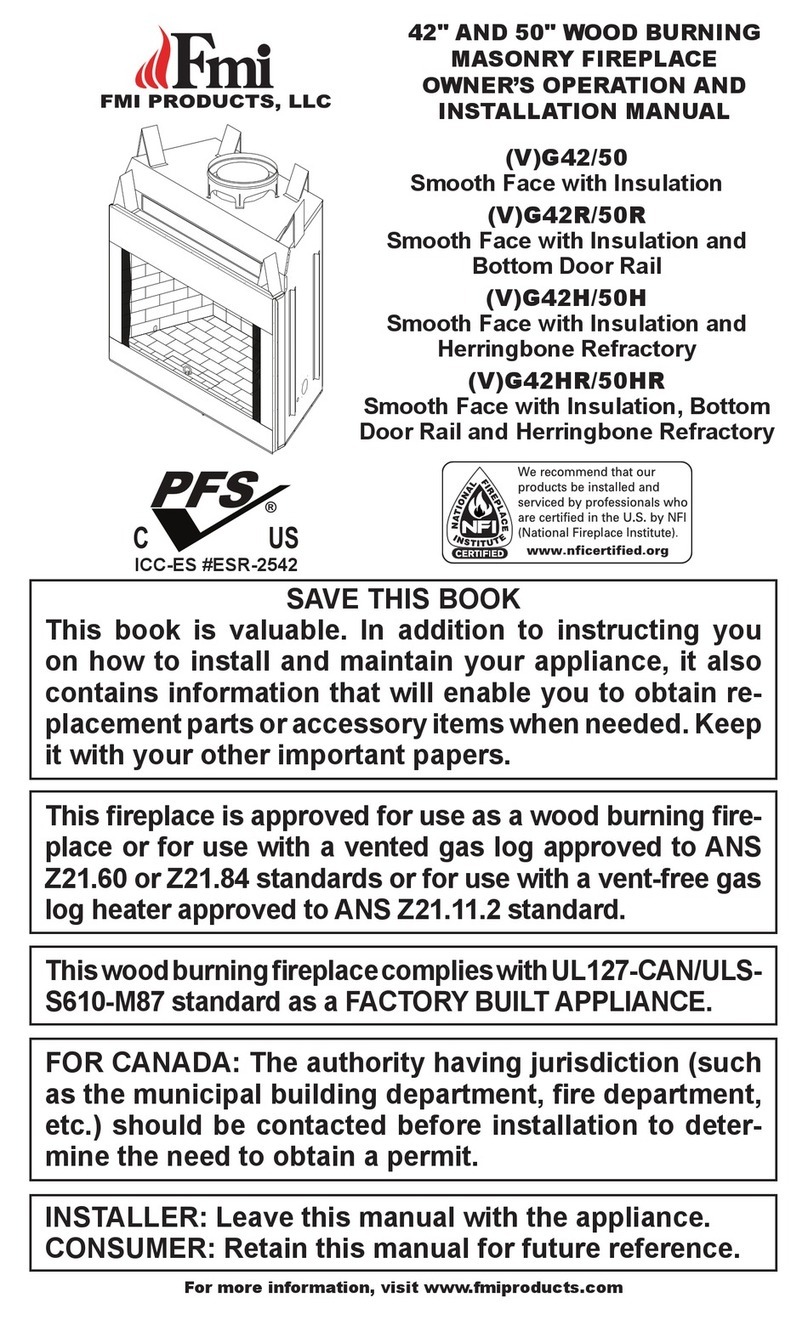
FMI
FMI (V)G42 Quick start guide
Popular Indoor Fireplace manuals by other brands

Argo
Argo Wave operating instructions
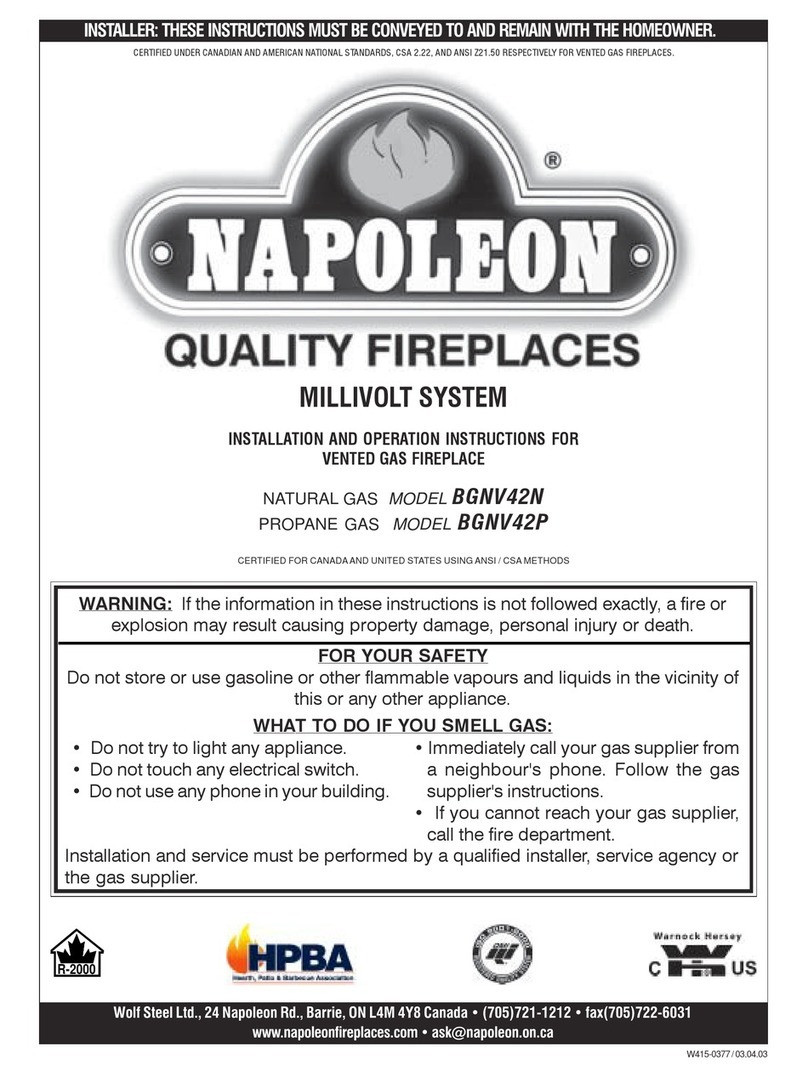
Napoleon
Napoleon BGNV42N Installation and operation instructions
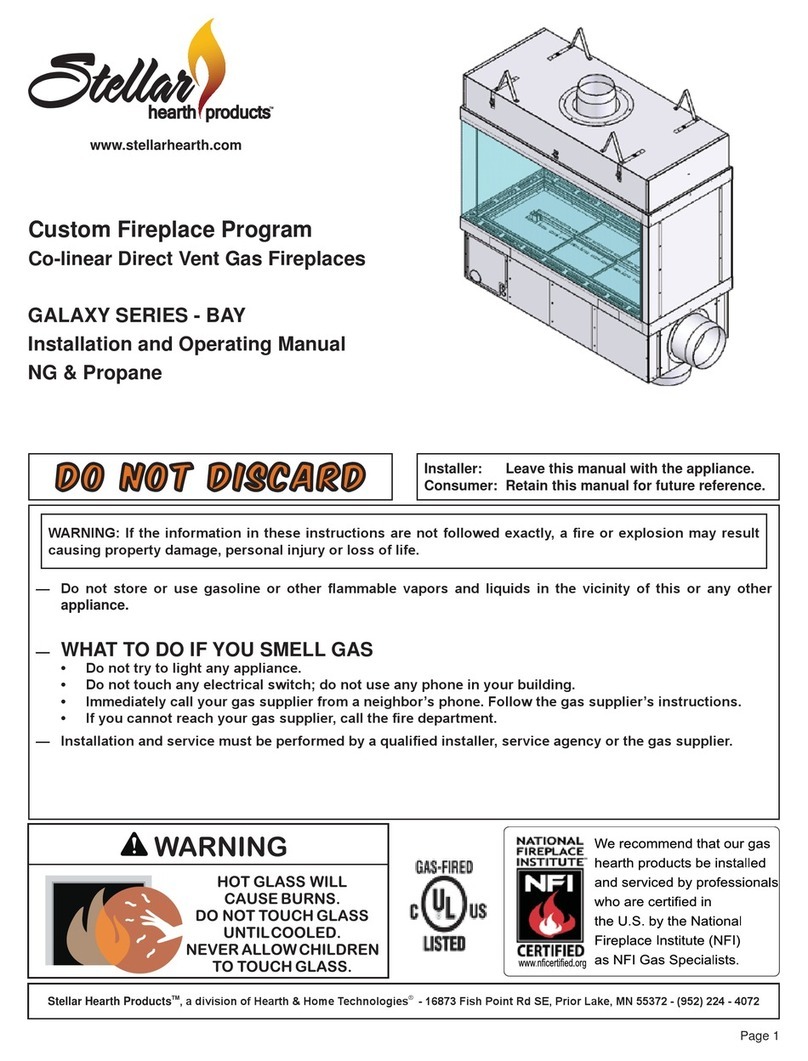
Stellar Hearth
Stellar Hearth GALAXY Series Installation and operating manual
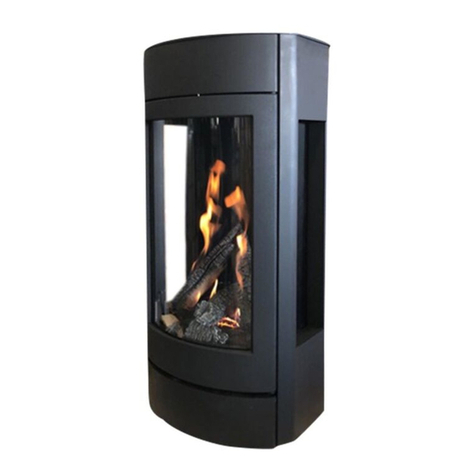
WANDERS
WANDERS Tali User guide and installation manual
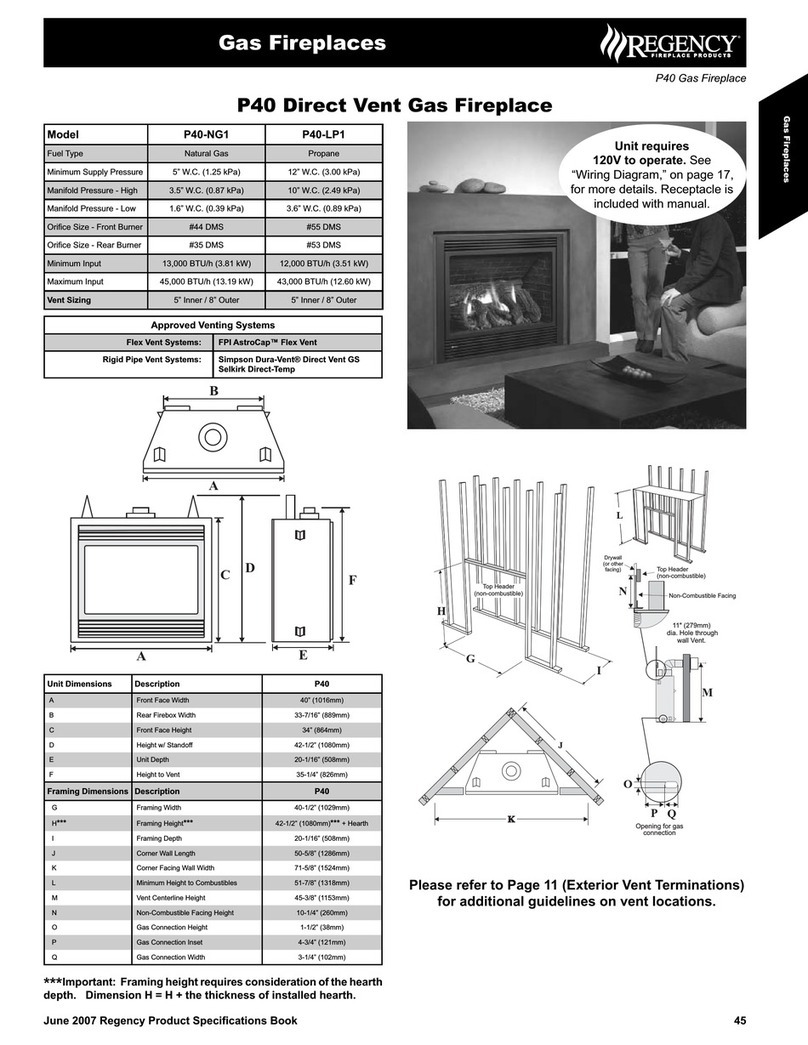
Regency
Regency Panorama P40 Specification sheet
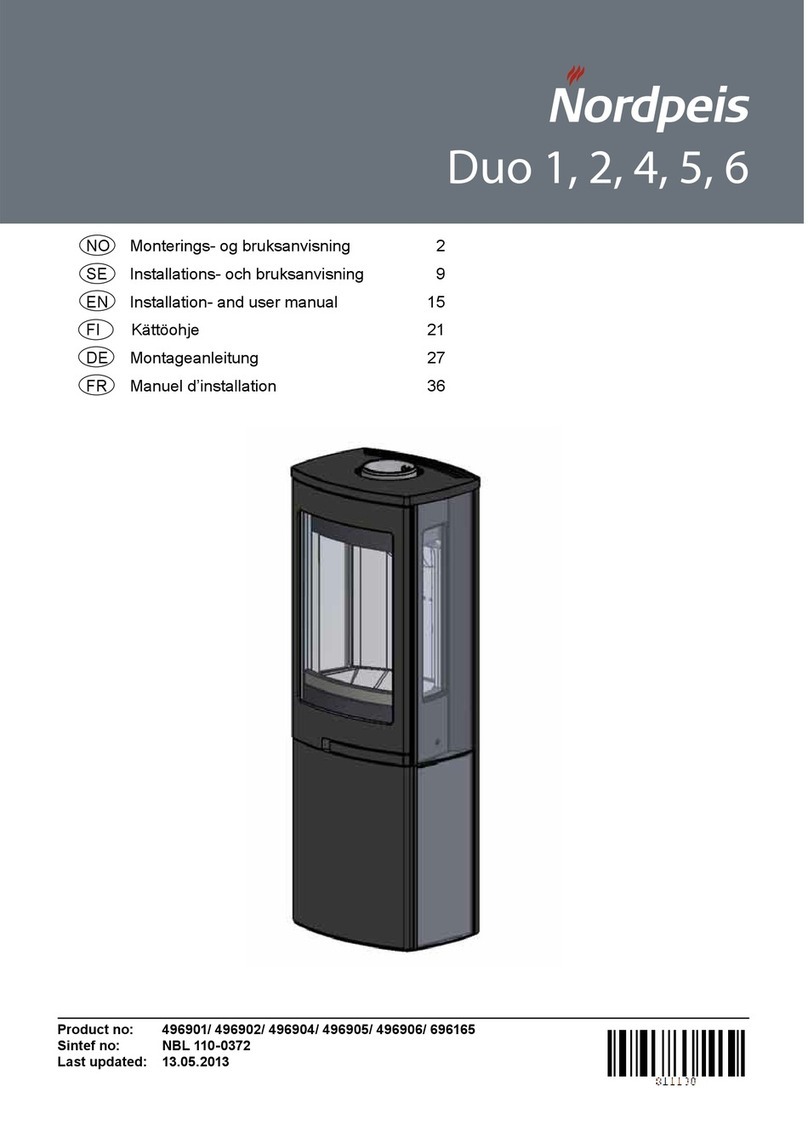
Nordpe
Nordpe Duo 1 Installation and user manual
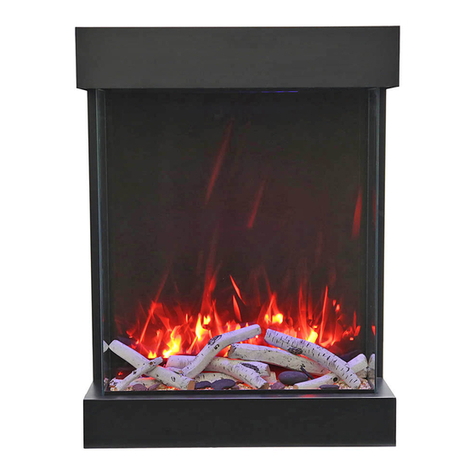
Amantii
Amantii 2939-TRU-VIEW-XL Installation and operation instructions
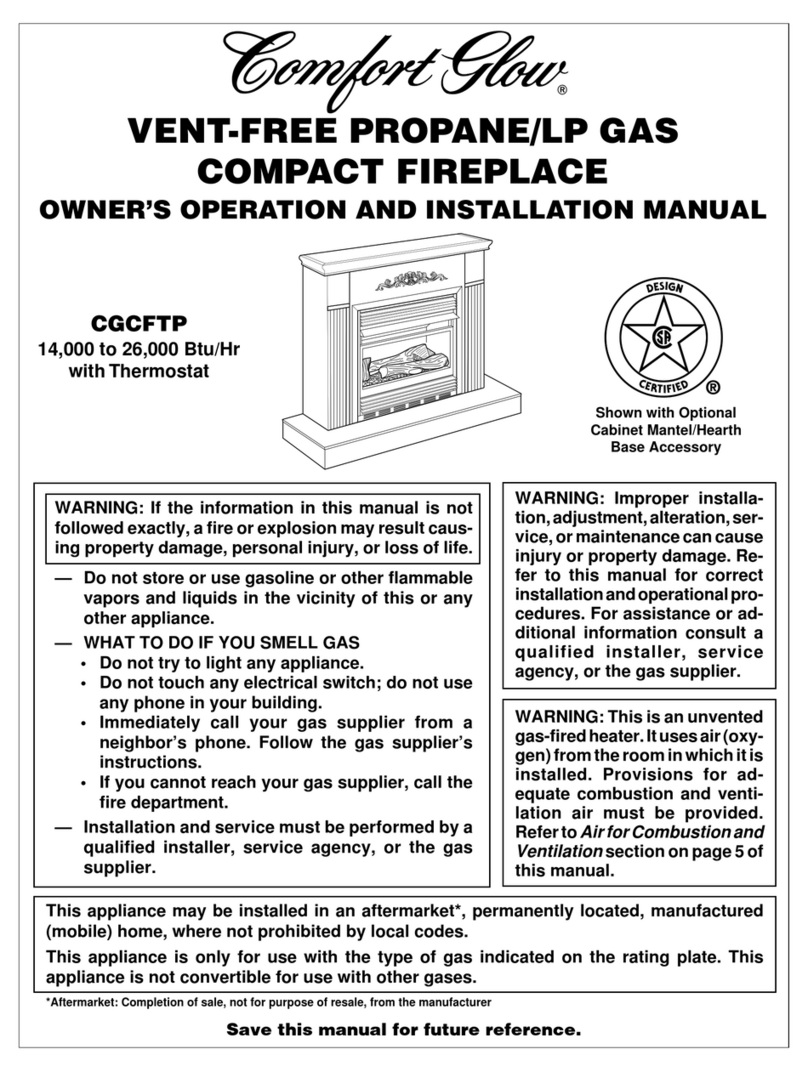
Comfort Glow
Comfort Glow 000 to 26 OWNER'S OPERATION AND INSTALLATION MANUAL

Lennox Hearth Products
Lennox Hearth Products SPECTRA LSS-35 Detailed Planning Dimensions
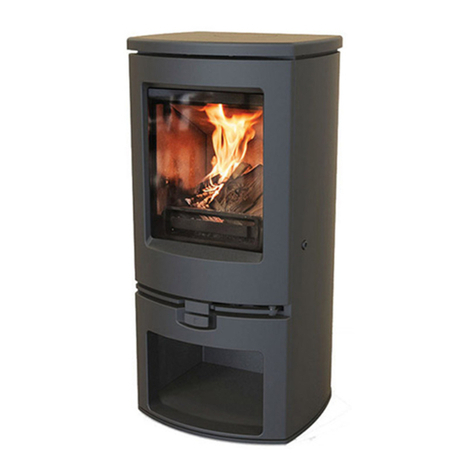
Charnwood
Charnwood ARC 7 Operating & installation instructions

Quadra-Fire
Quadra-Fire COLBAY-INS owner's manual
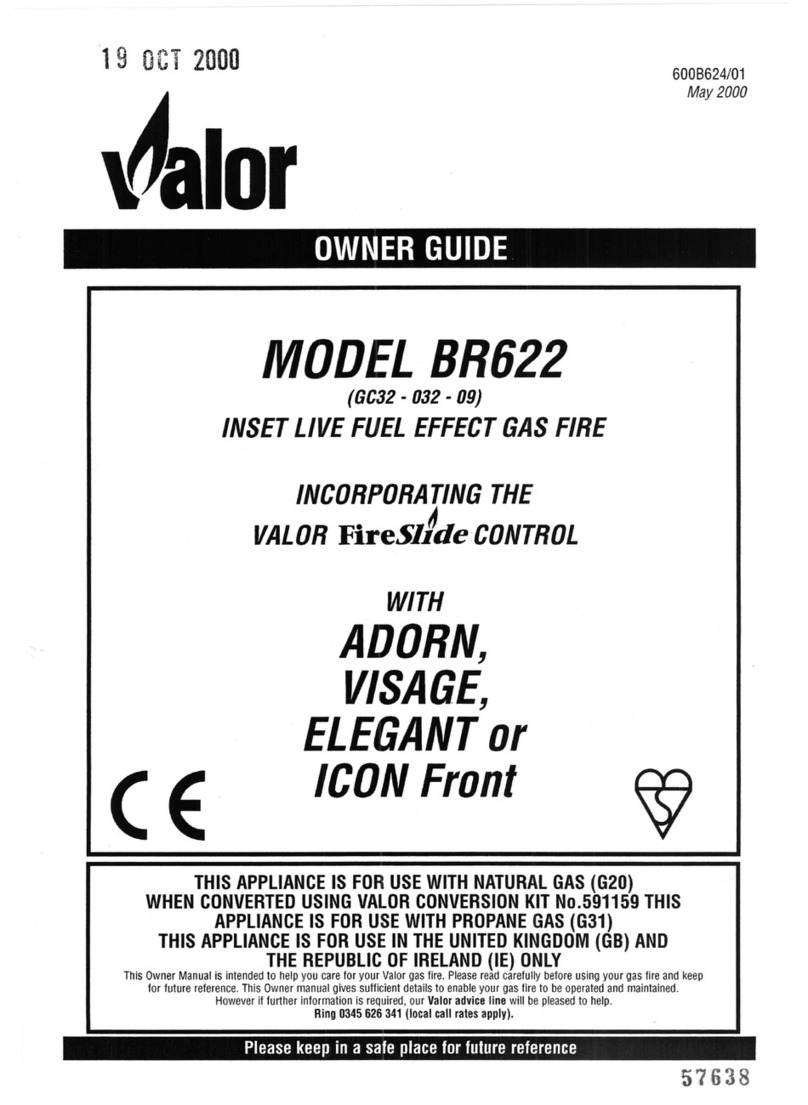
Valor
Valor BR622 owner's guide
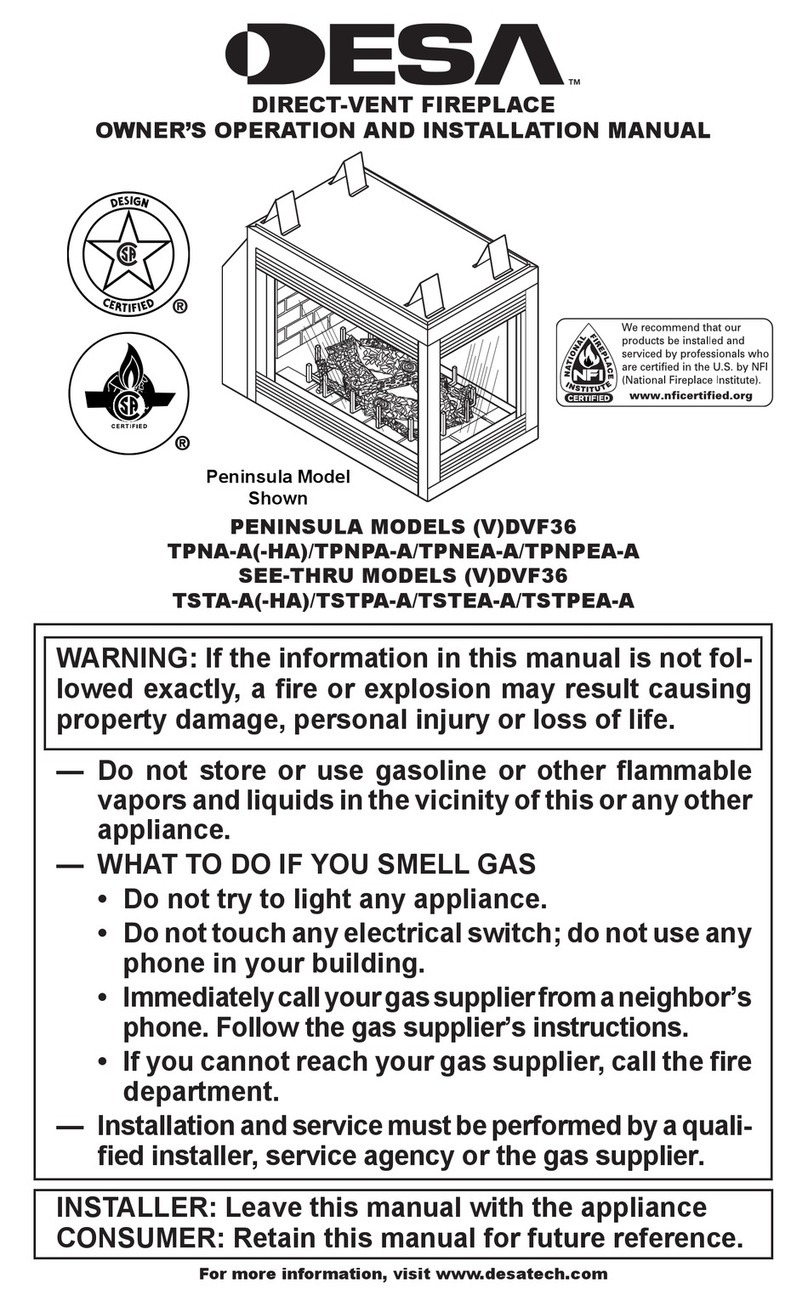
Desa
Desa (V)DVF36 OWNER'S OPERATION AND INSTALLATION MANUAL
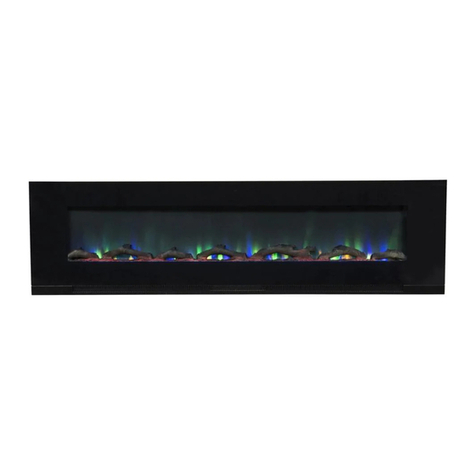
Touchstone
Touchstone 80018 owner's manual
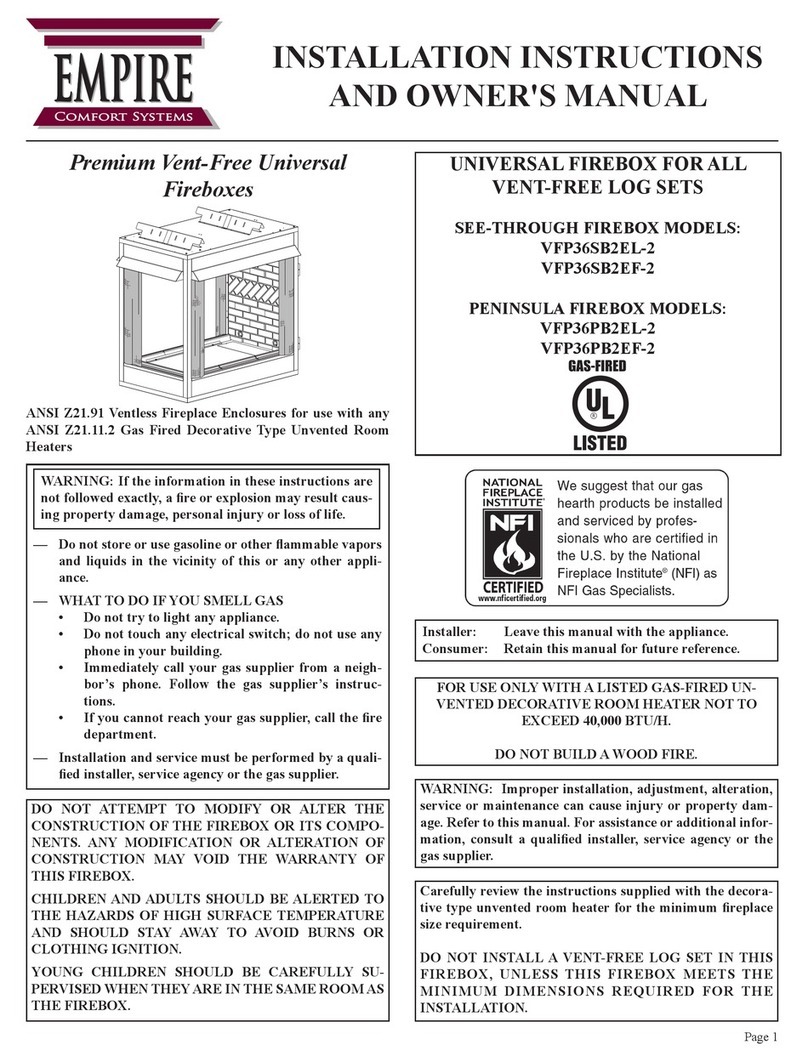
Empire
Empire VFP36SB2EL-2 Installation instructions and owner's manua

hergom
hergom STILKAMIN S-460 Installation, use and maintenance instructions
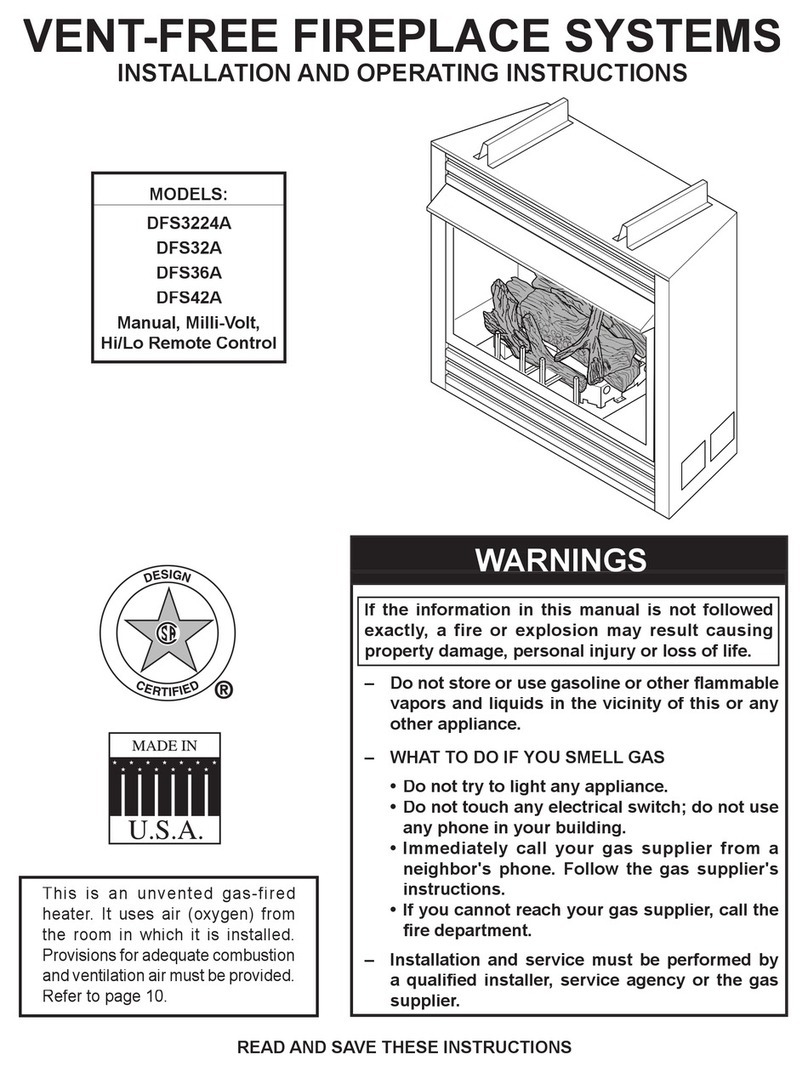
Vermont Castings
Vermont Castings DFS3224A Installation and operating instructions

Twin-Star International
Twin-Star International 26MM4155 Instruction manual enclosed
